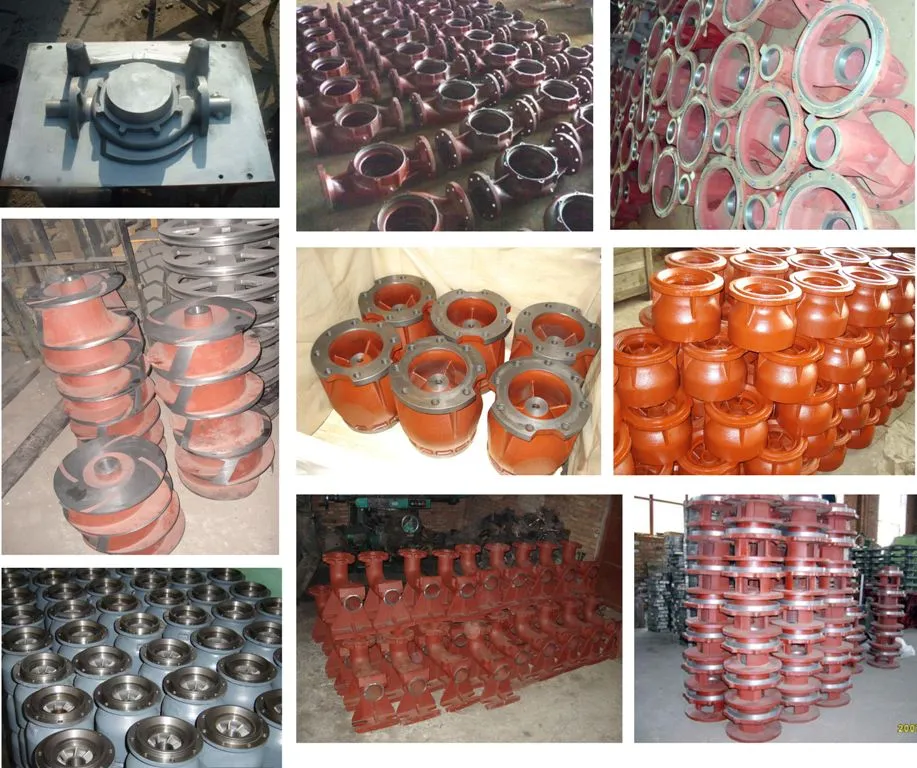Mobile:+86-311-808-126-83
Email:info@ydcastings.com
Essential Tools for Efficient Metal Casting Processes and Techniques
Metal Casting Tools Essential Instruments for Precision and Efficiency
Metal casting is a pivotal process in manufacturing, allowing for the creation of complex shapes and components with high precision. The efficiency and quality of this process heavily depend on the casting tools used. This article delves into the essential tools for metal casting, discussing their functions and importance in producing high-quality castings.
1. Molds
Molds are the primary tool in metal casting, serving as the form in which the molten metal is poured. There are various types of molds, including permanent molds, sand molds, investment molds, and ceramic molds. Each type has its advantages, depending on the casting material and the complexity of the design.
- Sand Molds Commonly used in the industry, sand molds are cost-effective and can be created quickly. They are made from a mixture of sand and a binding agent. Their flexibility allows for the production of intricate designs, although they are typically suited for lower-precision casts.
- Permanent Molds Made from metal, these molds are reusable and ideal for high-volume production. They offer better surface finish and dimensional accuracy compared to sand molds. However, they require a higher initial investment.
- Investment Molds Often used for creating detailed components, investment casting involves coating a pattern in a ceramic shell. Once the shell hardens, the pattern is melted away, leaving a precise mold. This method is especially useful for producing complex geometries with tight tolerances.
2. Melting Furnaces
The melting furnace is another critical tool in the metal casting process. It is responsible for heating the metal until it reaches its melting point. Various types of furnaces are used in the industry, including electric arc furnaces, induction furnaces, and crucible furnaces.
- Induction Furnaces Known for their energy efficiency and fast melting times, induction furnaces utilize electromagnetic induction to heat the metal. They provide precise temperature control, which is essential for maintaining the quality of the molten metal.
metal casting tools

- Electric Arc Furnaces These are primarily used for melting large quantities of steel and other ferrous metals. They operate using electric arcs to generate high temperatures and are often used in recycling operations.
3. Pouring Tools
Once the metal has been melted, it needs to be poured into the mold. Pouring tools play an essential role in ensuring accurate and controlled pouring. Key pouring tools include ladles, pouring cups, and spouts.
- Ladles These are typically used to transport molten metal from the furnace to the mold. Ladles come in various sizes and designs, some equipped with tilting capabilities to facilitate pouring.
- Pouring Cups Often used in conjunction with molds, pouring cups help to control the flow of the molten metal, reducing the risk of splashing and ensuring a smooth pour.
4. Cooling and Finishing Tools
After the metal has been poured into the mold, it needs to cool and solidify. Cooling tools, such as cooling chambers or water tanks, can influence the cooling rate, which is crucial for the final properties of the cast metal.
Once the metal has cooled and solidified, finishing tools come into play. These may include grinders, saws, and sanders, which are used to remove excess material and achieve the desired surface finish and dimensions.
Conclusion
The selection and use of appropriate metal casting tools are fundamental to the casting process. Each tool, from molds to pouring instruments, plays a crucial role in ensuring the quality, efficiency, and accuracy of the final product. As technology advances, the tools used in metal casting continue to evolve, leading to improved methods and better quality castings. Understanding these tools and their applications is essential for anyone involved in the metal casting industry, from engineers to manufacturers, ensuring they can produce high-quality cast products that meet today’s demanding standards.
-
Why Should You Invest in Superior Pump Castings for Your Equipment?NewsJun.09,2025
-
Unlock Performance Potential with Stainless Impellers and Aluminum End CapsNewsJun.09,2025
-
Revolutionize Your Machinery with Superior Cast Iron and Aluminum ComponentsNewsJun.09,2025
-
Revolutionize Fluid Dynamics with Premium Pump ComponentsNewsJun.09,2025
-
Optimizing Industrial Systems with Essential Valve ComponentsNewsJun.09,2025
-
Elevate Grid Efficiency with High-Precision Power CastingsNewsJun.09,2025











